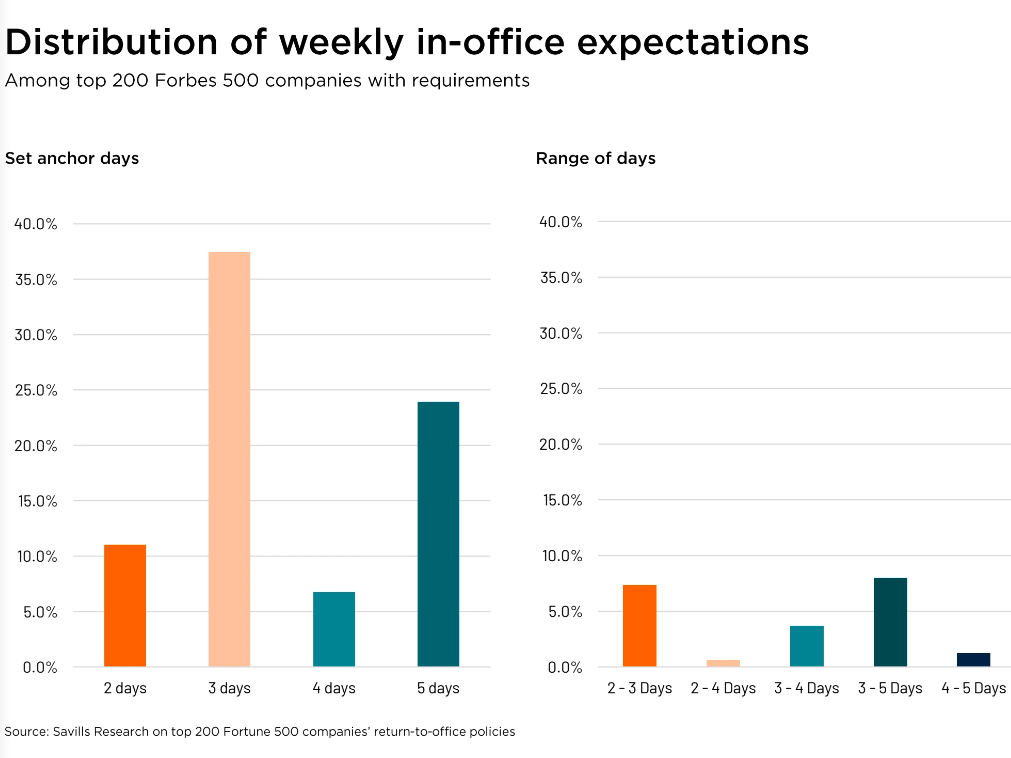San Francisco Market Update: Uncertainty for Urban Areas
Mirroring national trends, vacancies for urban markets increased well above their suburban counterparts.
 At the end of May, office vacancy in the San Francisco-Peninsula market reached 13.9 percent, down 20 basis points month-over-month, CommercialEdge data shows, but remaining below the 15.6 percent national average.
At the end of May, office vacancy in the San Francisco-Peninsula market reached 13.9 percent, down 20 basis points month-over-month, CommercialEdge data shows, but remaining below the 15.6 percent national average.
With new stock coming online, while leasing activity remained relatively low due to health crisis-related conditions, the overall vacancy rate was down 690 basis points year-over-year. Vacancy continued to rise in the first months of the year, with May being the first month when the trend shifted, as business activity is slowly rebounding, mainly driven by the life sciences and tech sectors.
Among gateway cities, San Francisco’s office vacancy stands somewhere in the middle. It is relatively on par with Los Angeles (13.6 percent) but faring better than Chicago (16.8 percent). The market trails Boston (11.9 precent) and Manhattan, which currently has the lowest vacancy of all gateway markets, at 10.4 percent.
In the Bay Area market—including both the East and South Bay—vacancies for office properties grew year-over-year by 490 basis points, reaching 18.9 percent as of May. As with the San Francisco market, vacancies started to drop and are down 30 basis points month-over-month.
In metro San Francisco, high-quality assets are in favor, as vacancies for Class A properties reached 13.2 percent, faring slightly better than Class B, at 14.8 percent. In Bay Area submarkets, the situation is reversed, as vacancy in Class A properties reached 19.2 percent in May, while for Class B assets it stood at 16.7 percent.
As is the case with other gateway cities, San Francisco’s urban core exhibits a higher vacancy than suburban areas, as the popularity of hybrid work models has increased and demand for suburban offices picked up. In the South Financial District—where Salesforce recently signed a new tenant at 50 Fremont St.—vacancies have reached 13.1 percent, while the North Financial District submarket had an office vacancy of 15.1 percent. Highly concentrated urban areas will take longer to recover. Meanwhile, tech-centric markets such as San Jose have also seen a decrease in leasing activity and exhibit some of the highest office vacancies in the area. Vacancy in San Jose’s CBD reached 21.2 percent, while San Jose North had the highest vacancy, at 23.7 percent.
CommercialEdge covers 8M+ property records in the United States. View the latest CommercialEdge national monthly office report here.







You must be logged in to post a comment.